A preliminary report prepared by Istanbul Technical University (İTÜ) scientists on the April 23, 2025, earthquake that occurred off the coast of Silivri in the Marmara Sea has revealed that the quake and its aftershocks released only 12% of the accumulated seismic energy in the region.
The report, titled “April 23, 2025 Central Marmara Ridge Earthquake (Mw 6.2: 12:49 – 26 km South of Silivri),” was prepared by the Disaster Management Practice and Research Center (MATAM) team, coordinated by the ITÜ Faculty of Mining.
According to the report, the earthquake occurred at 12:49 p.m. on April 23 in the central part of the Marmara Sea, along the Central Marmara Ridge, at a depth of 13 kilometers (8 miles). The quake lasted about 13 seconds.
The report included data on ground acceleration values. Among all districts in the Marmara region where the quake was felt, the highest peak ground acceleration was measured in Küçükçekmece, a district in Istanbul. It was followed by Eyüp, Marmara Ereğlisi and Avcılar.
The report emphasized that ground acceleration values are not determined solely by distance from the epicenter, but also by factors such as soil characteristics, topography and geological structure. It was also noted that there was less than 65% consistency between the recorded values and existing attenuation models, indicating a need for new-generation dynamic attenuation models.
Analyses related to the Kumburgaz Fault showed that only 0.3 meters of the 3.7 meters of accumulated displacement since 1766 was released in this earthquake.
The distribution of the main shock and aftershocks was limited to a narrow area along the fault plane, while the stress was found to be concentrated toward the Central Marmara Trough.
Professor Cenk Yaltırak, director of MATAM, told Anadolu Agency (AA) that the recent earthquake occurred along only a 20-kilometer portion of the Kumburgaz segment in the Marmara Sea.
He explained that the entire Kumburgaz segment is 80 kilometers long and said: “Only a small part of the fault experienced about 30 centimeters of movement. Yet, 3.7 meters of stress has built up in the same region. This does not necessarily signal that a large earthquake is imminent, but it would also be wrong to say ‘the stress has been released.’ Most of the fault remains intact.”
Drawing on historical examples, Yaltırak pointed out that sequential ruptures are becoming better understood. “In the 1999 Izmit earthquake, it wasn’t just one quake. It involved a series of events caused by the simultaneous rupture of three separate faults. Initial magnitude estimates were 7.4, but moment calculations reached 7.5. And Düzce didn’t rupture that day – it ruptured a month later. If it had happened on the same day, the destruction would have been much greater.”
He noted that similar sequential fault ruptures were seen in the February 2023 earthquakes in Kahramanmaraş, underlining that major earthquakes in Anatolia are often not singular events but linked in a chain reaction. This sequential rupture increases earthquake magnitude and should be considered the “worst-case scenario.”
Yaltırak also addressed the frequently cited 7.8 magnitude earthquake scenario for Marmara, stating that it is not based on fearmongering but on real engineering analysis:
“We didn’t make up the 7.8 figure. It’s based on solid scientific doctoral studies, moment calculations and fault length assessments. There’s serious academic effort and hundreds of experts behind it. As engineers, our duty is to identify the greatest possible risk the public may face.”
Highlighting the importance of taking precautions, Yaltırak gave the following example: “Imagine a bucket with four compartments. If the bucket is full, all four parts can be emptied at once. What if they all rupture and we haven’t prepared for that? If one segment breaks, it results in a 7.1 quake; if another follows, it becomes 7.4; three together make 7.6, and four make 7.8. If you build your cities for 7.1 but a 7.8 occurs, people die. But if you prepare for 7.8, a 7.1 won’t harm you. It’s that simple. Society needs to understand this.”
He criticized the public’s misconceptions about earthquakes and stressed their role in providing accurate information: “But people listen to what they want to hear. That’s a departure from science. People believe those who comfort them, not those who tell the truth. But nature doesn’t care about our feelings. The more we forget about earthquakes, the more nature reminds us. I can’t say there won’t be a 6.5 magnitude earthquake in the Marmara tomorrow. And if it happens, it doesn’t mean I predicted it. This isn’t a prediction – it’s a matter of risk management. Our job is to define the greatest risk and plan urban transformation and disaster scenarios accordingly.”

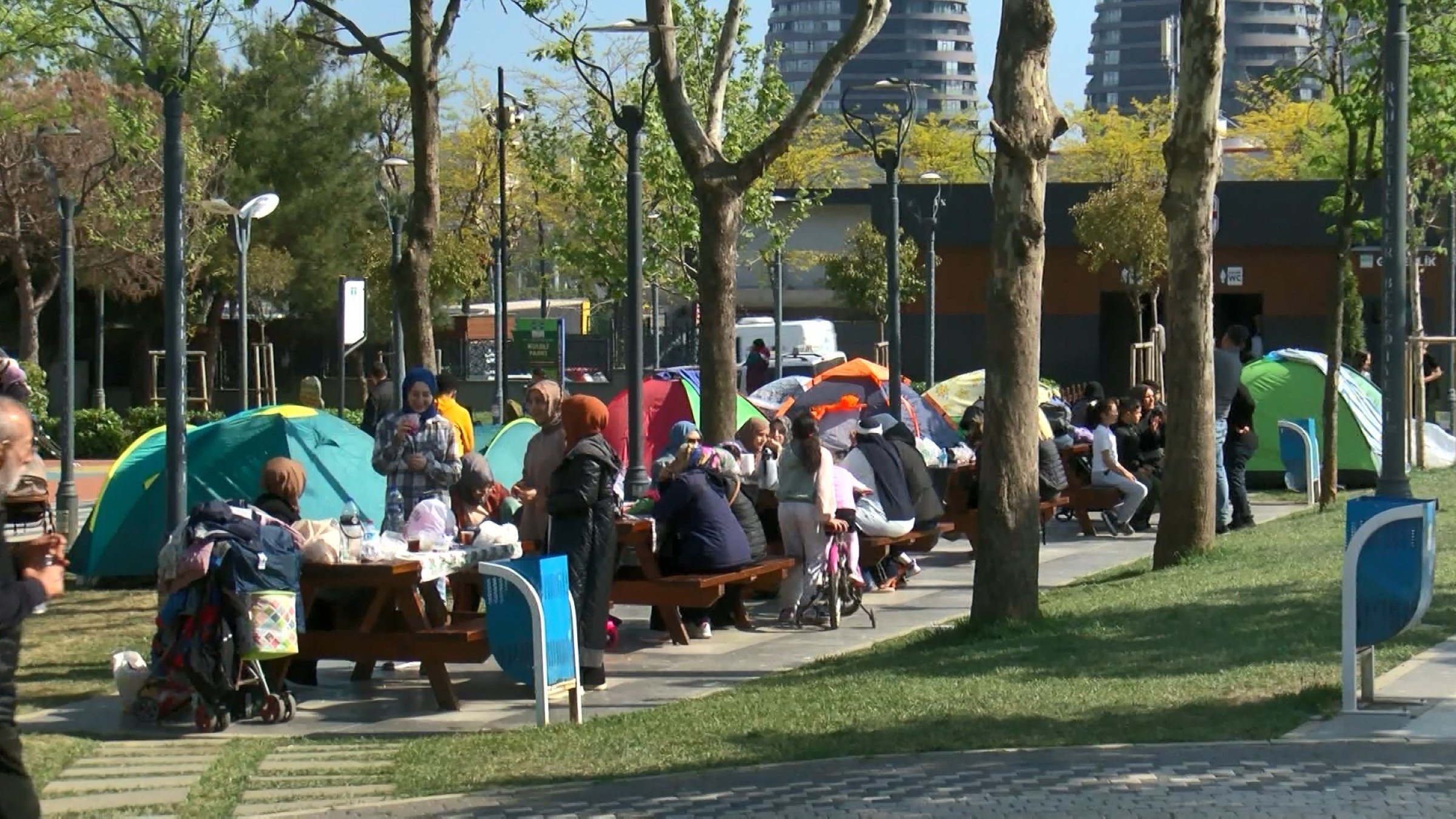

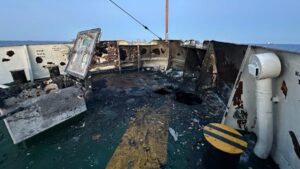







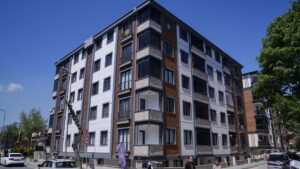






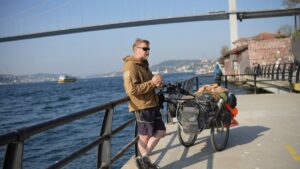
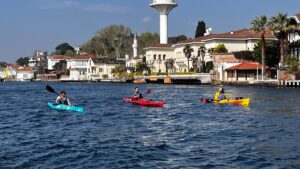

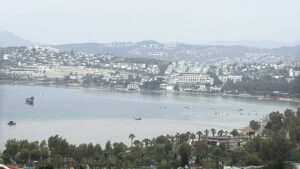

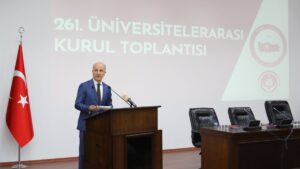



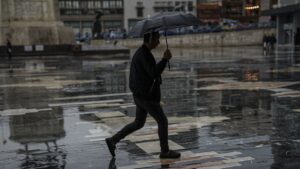












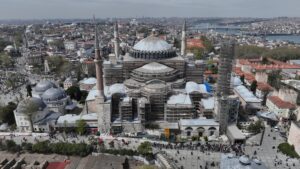



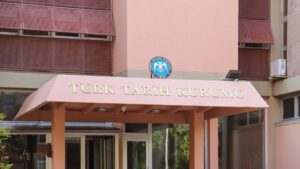







Be First to Comment